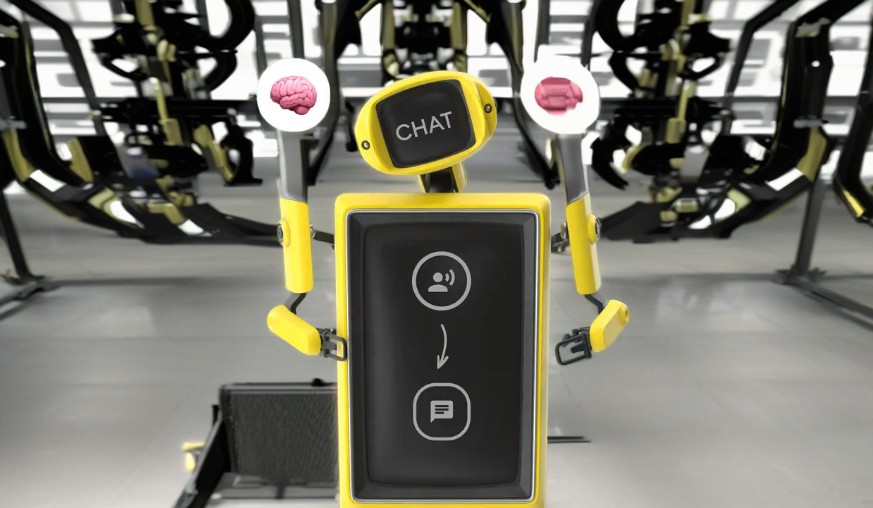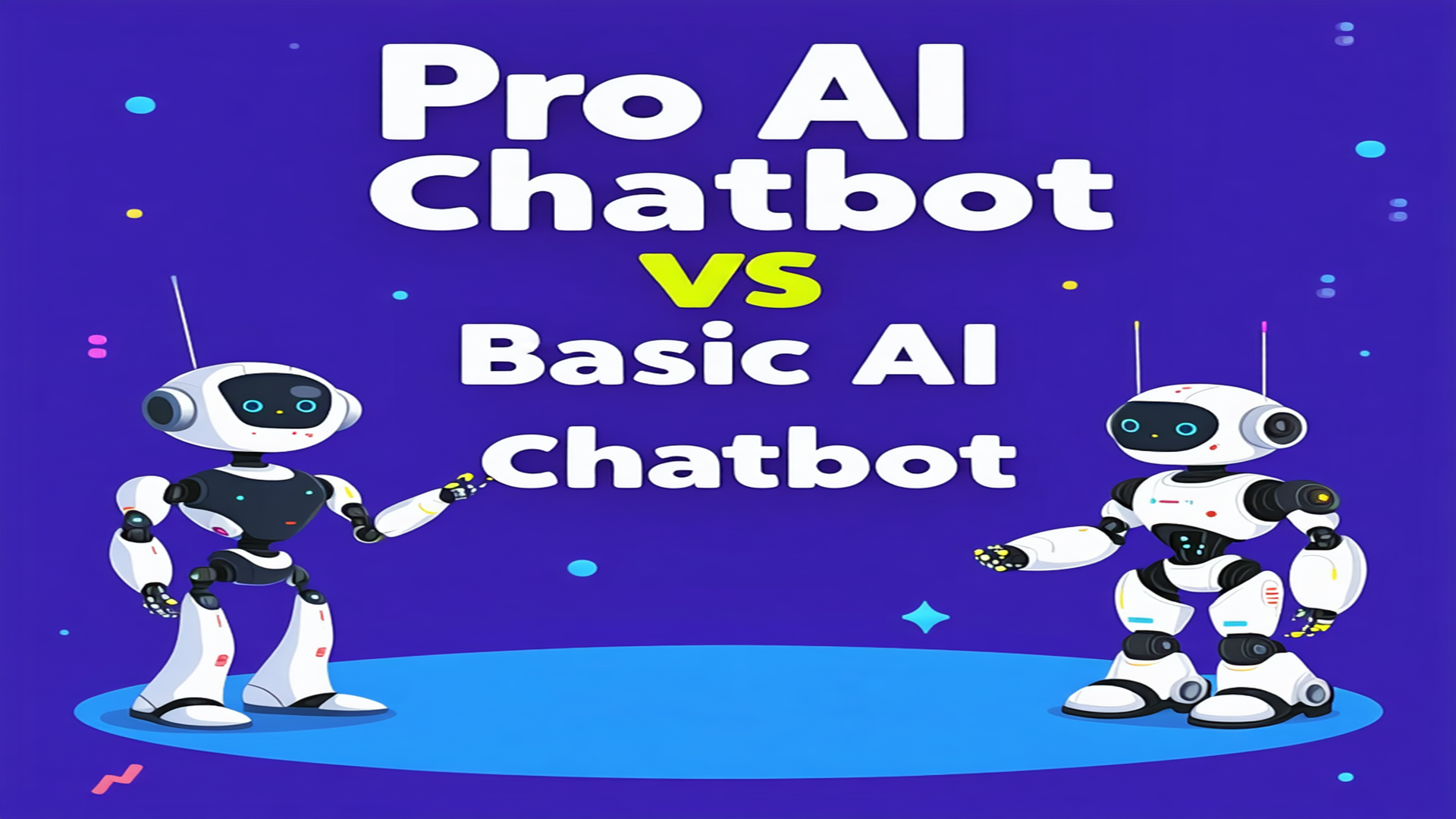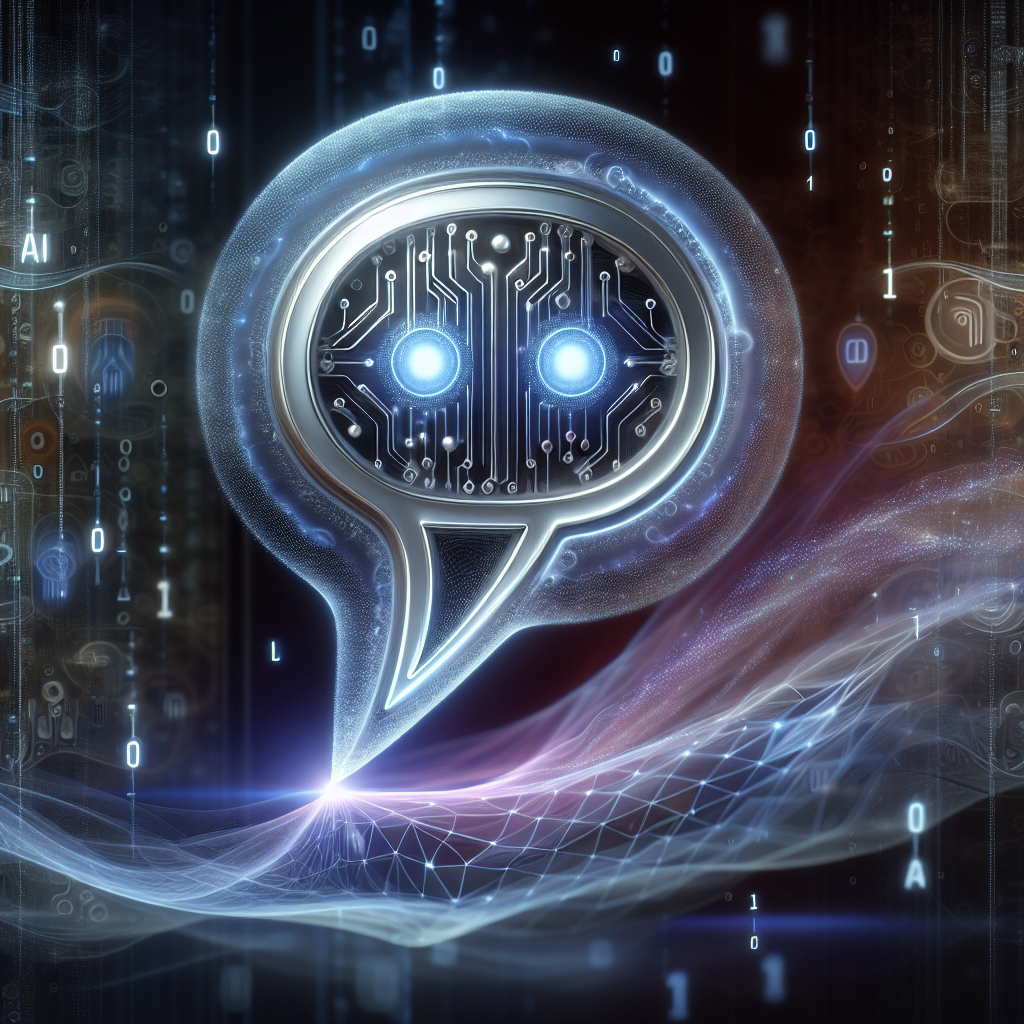
Updated Jan 23, 2025
Happy new year, fellow AI trainers! After spending years in the trenches of chatbot development and seeing the evolution of platforms like Magicley AI, I've learned a thing or two about getting multiple AI chatbots to work together harmoniously. Today, I'm going to share my complete guide on creating a synchronized chatbot ecosystem that actually works.
1. Foundation Setup: Building Your Bot Orchestra
Think of your chatbot system like an orchestra - each bot is a different instrument, and you're the conductor. The key is making sure they play in harmony, not chaos.
Understanding the Ecosystem Architecture
Before diving in, you need to map out your entire system. Just like Magicley's approach to content generation, where different AI components work together seamlessly, your chatbot ecosystem needs clear roles and responsibilities.
Here's what you need to define:
-Primary bot roles and specializations
-Communication pathways between bots
-Data sharing protocols
-Fallback hierarchies
2. Individual Bot Training: Creating Specialists
Remember: a chain is only as strong as its weakest link. Each bot needs to be incredibly competent in its specific domain before we even think about integration.
Core Competency Development
Just as we've seen with Magicley's success in specialized tasks, each bot should excel in specific areas like:

-Technical documentation handling
-Data analysis and reporting
-Basic information retrieval
3. Inter-Bot Communication Framework
Here's where things get interesting. You need to create a robust communication system that allows your bots to talk to each other efficiently. Think of it as creating a universal language for your bots.
API Interface Design
Your API should include:
-Standardized request/response formats
-Error handling protocols
-Rate limiting considerations
4. Workflow Orchestration: The Traffic Control System
This is where I see most implementations fail. You need a solid workflow orchestration system - think of it as air traffic control for your bots.
Decision Trees and Routing
Create clear decision trees for:
-Task assignment
-Handoff protocols
-Conflict resolution
5. Testing and Quality Assurance
Just like we've seen in content creation, where hybrid approaches yield the best results, testing should combine automated and human oversight.
Comprehensive Testing Strategy
Include:
-Load testing under various conditions
-Edge case scenario testing
-Integration testing between bots
6. Performance Optimization
Drawing from our experience with content generation systems, where speed and quality must balance, focus on:
-Response time optimization
-Resource allocation efficiency
-Scaling capabilities
7. Monitoring and Maintenance
Just as we track content performance metrics, implement robust monitoring systems for your chatbot network:
-Real-time performance dashboards
-Error tracking and alerting
-Regular maintenance schedules
Best Practices and Future Considerations
As we've learned from the evolution of AI systems, the future isn't about replacing human oversight but augmenting it. Keep these principles in mind:
-Always maintain human supervision capabilities
-Plan for scalability from the start
-Document everything extensively
Conclusion
Remember, just as we've seen in the content creation world, the most successful implementations combine AI capabilities with human oversight. Your multi-bot system should follow the same principle - let the bots handle the heavy lifting while maintaining human control over the strategic direction.

